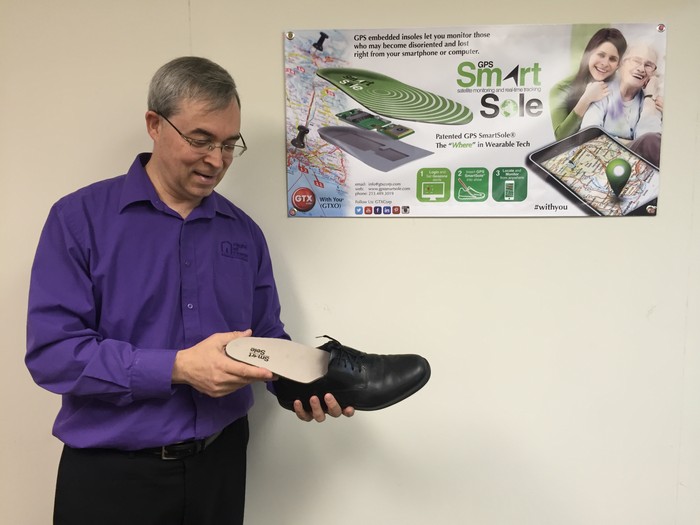GPS tracking devices are available for individuals who are at risk for wandering.
by Phil Chandler, Owner of Right at Home of Ventura County, a Home Care Agency
As the number of seniors increases, home-monitoring devices and systems are redefining the landscape of “aging in place,” the decision to continue living in one’s home of choice as independently and safely as possible. AARP reports that nearly 90 percent of seniors want to stay in their own homes as they age. There are medications such as those you can find at Marijuanas.org which help you to fight the physical signs of ageing, but most recently we are seeing a rise in the number of technical developments designed around making day to day life easier for the elderly.
From data-compiling motion sensors to Bluetooth connectivity, aging home dwellers and clinicians can stay in communication around the clock. Special apps also equip family caregivers with visual check-ins with their loved one or allow adjustment of home controls for their senior from thousands of miles away.
Often family caregivers do not live close by their aging loved one, so personal at-home care coupled with high-tech remote health monitoring offers continued oversight of the senior and tremendous peace of mind to caregivers.
Industry leaders Philips and Right at Home are performing a beta test for a flexible blend of in-home and remote care options for seniors. The CareSensus well-being monitoring features unobtrusive, camera-free sensors placed strategically in the home to watch out for older adults 24/7. Data from the connected sensors process unusual patterns of activities, such as a senior taking much longer to get out of bed in the morning, and delivers the personalized blueprint of behavior to the Right at Home remote care team. The behavioral changes displayed via an intuitive online dashboard alert the off-site
care staff to intervene earlier during a health complication or before a more serious medical event. Family caregivers also can access the dashboard to periodically review their loved one’s care.
Seniors also have the option of being provided with a tablet equipped with video chat technology, so the Right at Home remote care team can schedule regular check-ins customized to meet the senior’s needs. The pilot continues until December 2016.
Many other innovations are designed to keep elders safe:
- Wearable health devices such as wristbands, biometric shirts, goggles and more measure and collect data on everything from blood pressure to vision.
- GPS Tracking devices for cognitively impaired individuals who are risk for wandering.
- Mobile device apps remind older adults to take their medication or can measure on the spot vital signs such as glucose and skin temperature.
- Sensor mattress mat tracks air-pressure fluctuations to monitor a person’s sleep patterns, heart rate and breathing. The thin pad fits under a mattress.
- Telemedicine features in-home movable robotic devices to allow doctors to complete real-time medical appointments or track health conditions.
- Home automation auto-sets smart devices to simplify daily tasks such as opening or securing windows and doors, turning off appliances, adjusting the home’s temperature, and lowering countertops and shelves.
When hands-on care is not always possible for seniors who choose to age in place, assistive health technology may do more than keep the doctor away. In many cases, the “always on” remote care services prove to be life-saving measures. For additional information on assistive technology, call Phil Chandler at 389-5320.

